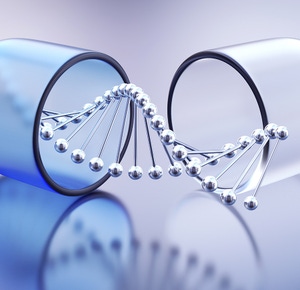Resource Center
Explore Resource Types
All Resources
Filters
1 - 8 of 8 Results
A workflow to characterize and benchmark human induced pluripotent stem cells
High-content analysis of drug-induced oligodendrocyte differentiation promoting remyelination in multiple sclerosis
B cell selection and therapeutic antibody characterization using the Operetta high content imaging system
Improved workflows for advanced T-cell immunophenotyping
Improving the throughput of a neuroprotection assay using the opera phenix high content screening system
Re-tooling anti-microbial research for the 21st century
A scalable method to monitor protein levels and localizations in cells
Phenotypic characterization of mitochondria in breast cancer cells using morphology and texture properties


Looking for technical documents?
Find the technical documents you need, ASAP, in our easy-to-search library.


































